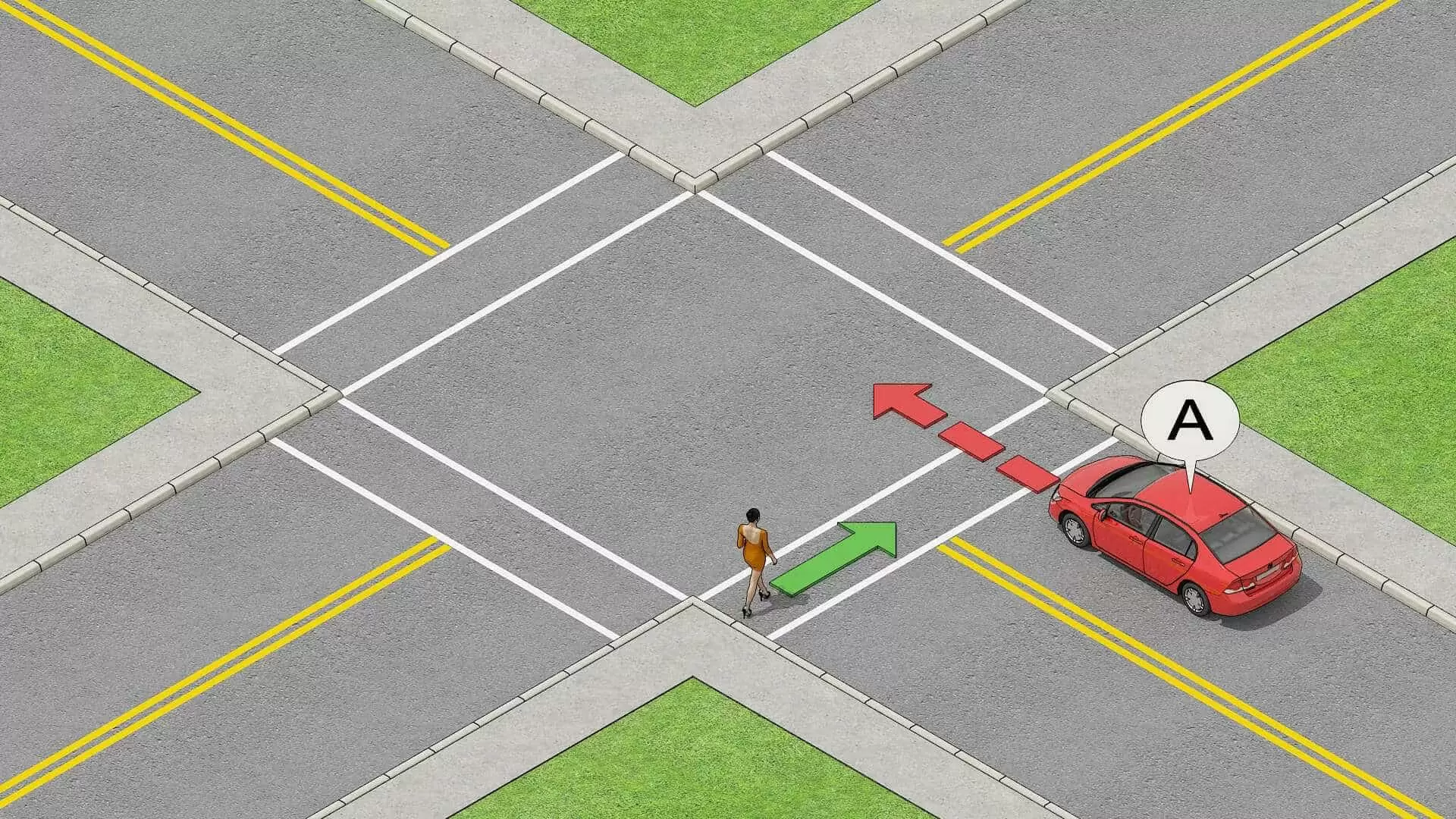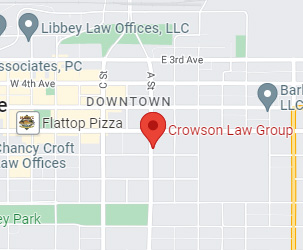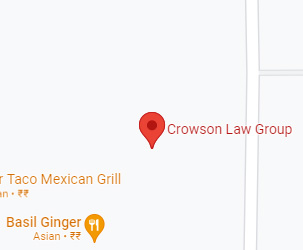Priority at Uncontrolled Intersections: Right-Of-Way Rules

Driving on the roads demands attentiveness and a thorough understanding of the rules governing various intersections. Whether you are a seasoned driver or someone learning the ropes, understanding the rules of uncontrolled intersections ensures a safe and seamless driving experience. This article explains what an uncontrolled intersection entails and how to navigate it effectively.
What is an Uncontrolled Intersection?
An uncontrolled intersection refers to a road junction without traffic control systems, such as stop signs, yield signs, or traffic lights. In such situations, determining the right-of-way becomes paramount, demanding drivers exercise caution and adhere to fundamental right-of-way rules. The absence of these conventional traffic signals necessitates a heightened awareness of one’s surroundings and fellow road users.
What Does Yielding the Right-Of-Way Mean?
Yielding the right-of-way at uncontrolled intersections implies that you must decelerate or halt your vehicle to allow other vehicles or pedestrians to pass. By prioritizing the safety of all road users, this practice ensures a smoother flow of traffic and minimizes the risk of collisions or accidents. Remember, attentiveness and a proactive approach are the keys to navigating these intersections safely.
How to Enter an Uncontrolled Intersection
Approaching an uncontrolled intersection demands adherence to specific right-of-way rules to avoid confusion and potential hazards. Understanding these rules can significantly contribute to a secure and efficient driving experience. Below is a comprehensive overview of the guidelines you should follow when entering an uncontrolled intersection:
The Vehicle That Arrived First Has The Right-Of-Way
One of the fundamental principles governing uncontrolled intersections is giving precedence to the vehicle that reaches the intersection first. By respecting this rule, you contribute to a harmonious and organized traffic flow, fostering a safer environment for all drivers and pedestrians.
If Two Or More Vehicles Arrive At The Same Time, Drivers On The Left Must Yield To Drivers On The Right
When multiple vehicles reach the intersection simultaneously, it is imperative to follow the protocol of yielding to the drivers on the right. This approach ensures a systematic and well-coordinated progression, minimizing the potential for confusion or conflicts between fellow drivers.
If You Are Turning Left, Yield To Oncoming Traffic Even If You Arrived First
When executing a left turn at an uncontrolled intersection, exercising caution becomes paramount. Yielding to oncoming traffic, irrespective of your arrival time, is a crucial safety measure that prevents potential accidents and fosters a culture of responsible driving.
Yield To Traffic And Pedestrians Already In Or About To Enter The Intersection
Respecting the right-of-way of fellow drivers and pedestrians already present at the intersection is vital for maintaining a smooth and safe traffic flow. By being mindful of their presence and allowing them to pass, you contribute to the overall safety and efficiency of the intersection.
If Both You And An Oncoming Vehicle Are Turning Left, You Can Turn Without Yielding By Passing In Front Of Each Other
A unique scenario at uncontrolled intersections arises when both you and an oncoming vehicle intend to make left turns. In such cases, the protocol allows for a simultaneous turn without yielding. This provision facilitates a streamlined traffic flow and underscores the importance of coordinated and attentive driving practices.
Navigating uncontrolled intersections demands a thorough understanding of right-of-way rules and a proactive approach to ensure the safety of all road users. If a driver defies the rules of an uncontrolled intersection and causes your accident, contact an experienced personal injury attorney today.


